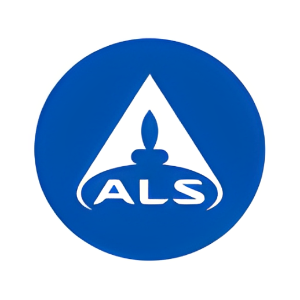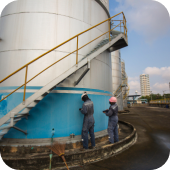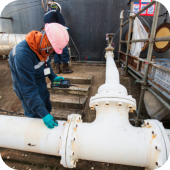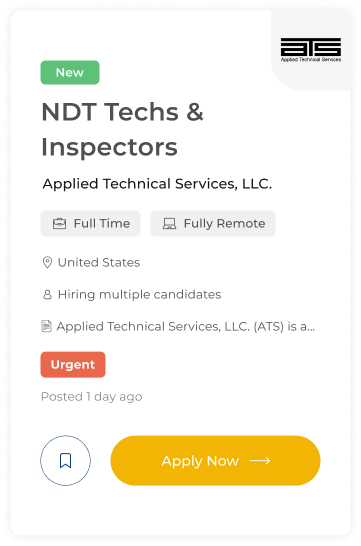

ALS Asset Integrity & Reliability
ALS has provided comprehensive testing solutions to clients in a wide range of industries all over the world.
Overview
A global leader in testing
For more than 40 years, ALS has provided comprehensive testing solutions to clients in a wide range of industries all over the world. Our adoption of state-of-the-art technology and innovative methodologies – coupled with the strength of our international teams – ensure that we deliver the highest quality services using local expertise and personalized solutions.
Products
Services
Ads












